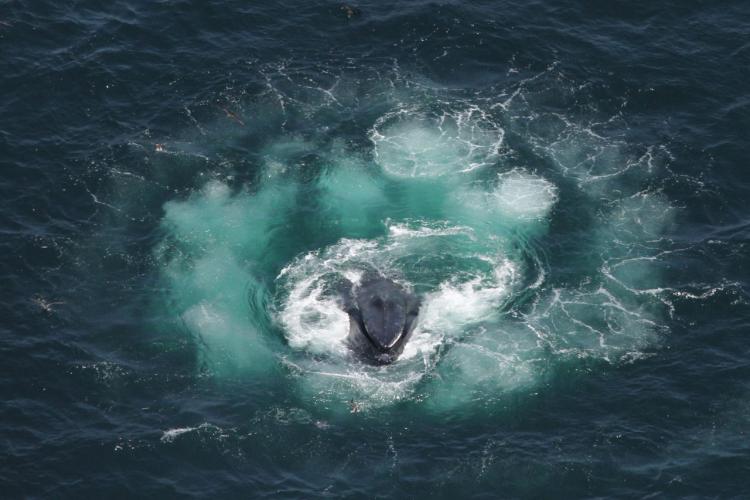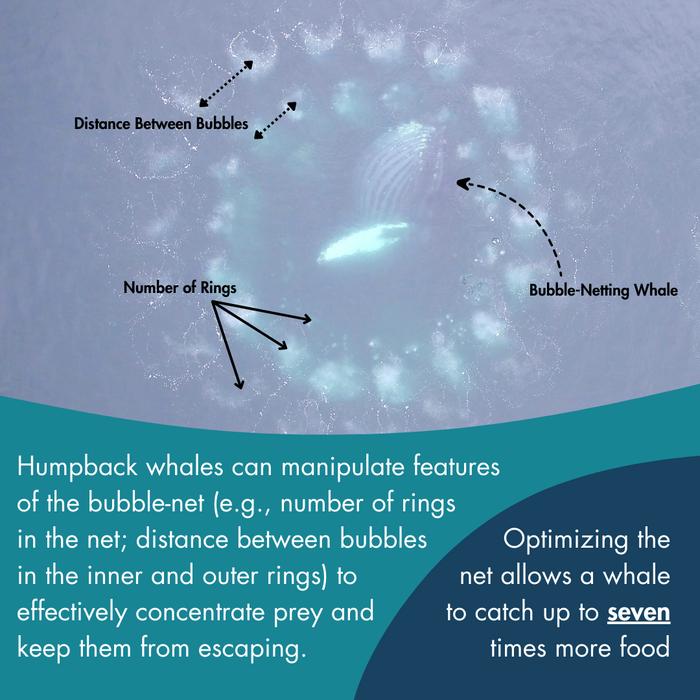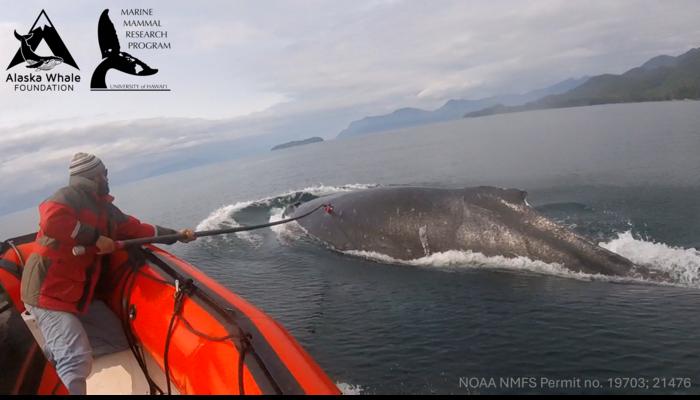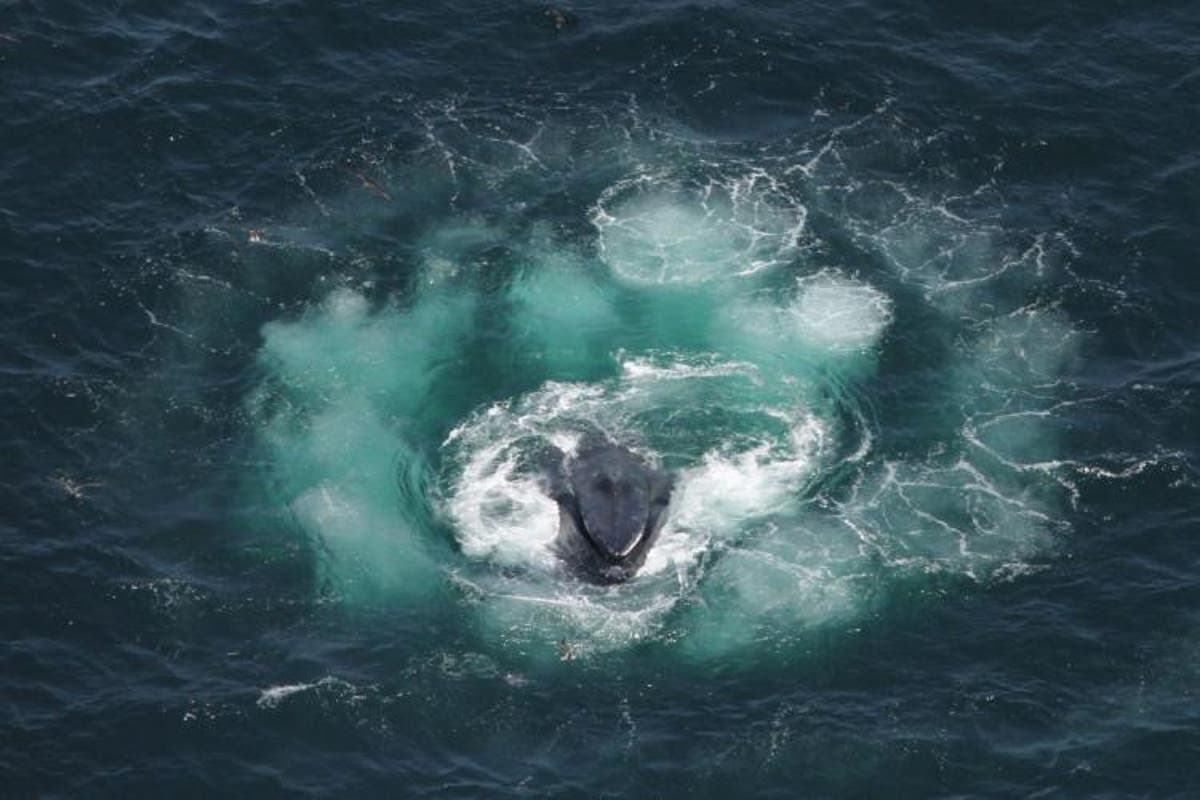According to a new study off the coast of Alaska, humpback whales now join an exclusive list of animals that not only use their tools but also make their own.
Researchers knew that humpback whales build “bubble nets” for hunting. Now they have discovered that the giant marine mammals not only use these unique nets, but also manipulate them in a variety of ways to maximize their food intake.
“Many animals use tools to find food, but very few make or modify these tools themselves,” said Lars Bejder, one of the authors of the study, which was published Tuesday in the journal Royal Society Open Science.
In the study conducted in southeast Alaska, scientists tracked and observed individual humpback whales blowing and creating complex bubbles to catch krill.
The whales have previously been documented blowing bubbles in patterns that form nets with inner rings.
Researchers have now discovered that the mammals actively control details of the bubble nets, such as the number of rings, the size and depth of the net and the distance between the bubbles.

This cautious approach, which is “completely unique” to humpback whales, allows the giants to catch up to seven times more prey in a single dive without expending additional energy.
“This impressive behavior places humpback whales among the rare group of animals that make and use their own tools for hunting,” said Dr. Bejder.
Hunting success is crucial to the survival of the species, as the whale’s energy balance for the entire year depends on its ability to catch sufficient food in Alaskan waters during the summer and fall.
The study provides further insight into how migratory humpback whales burn enough calories to cross the Pacific.
As prey populations decline in some oceans due to climate change, whales may find it harder to consume enough calories to travel these routes. This is linked to numerous whale strandings as the huge animals wash up dead on shore.
Whales and other cetacean species such as dolphins and porpoises are notoriously difficult to study, despite being threatened worldwide by climate change, habitat degradation, and chemical and noise pollution.
“Whales are a difficult group to study, and successfully tagging and transporting them with drones requires skill and precision,” said William Gough, another author of the study.

Scientists are increasingly using drones and special transmitters to study these majestic marine mammals. “We have attached non-invasive suction cup transmitters to whales and flown drones over individual humpback whales in southeast Alaska catching bubble nets, collecting data on their underwater movements,” said Dr. Gough.
Almost a quarter of the 92 known whale species are threatened with extinction and effective conservation strategies are urgently needed to save them.

Since hunting is crucial to their survival, researchers hope to better understand this behavior and help monitor and preserve feeding grounds.
They are also studying other feeding behaviors of humpback whales, such as cooperative bubble net fishing, surface feeding, and feeding by deep diving.
“What I find exciting is that humpback whales have evolved complex tools that allow them to exploit prey clusters that would otherwise not be available to them,” said Andy Szabo, one of the study’s co-authors.
“I hope this behavioral flexibility and ingenuity will benefit these whales as our oceans continue to change.”


